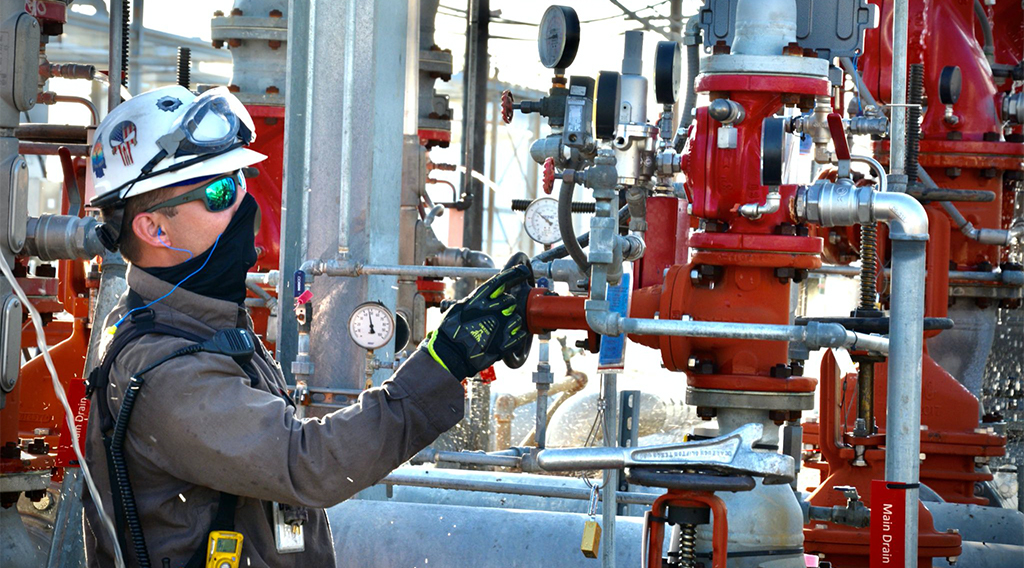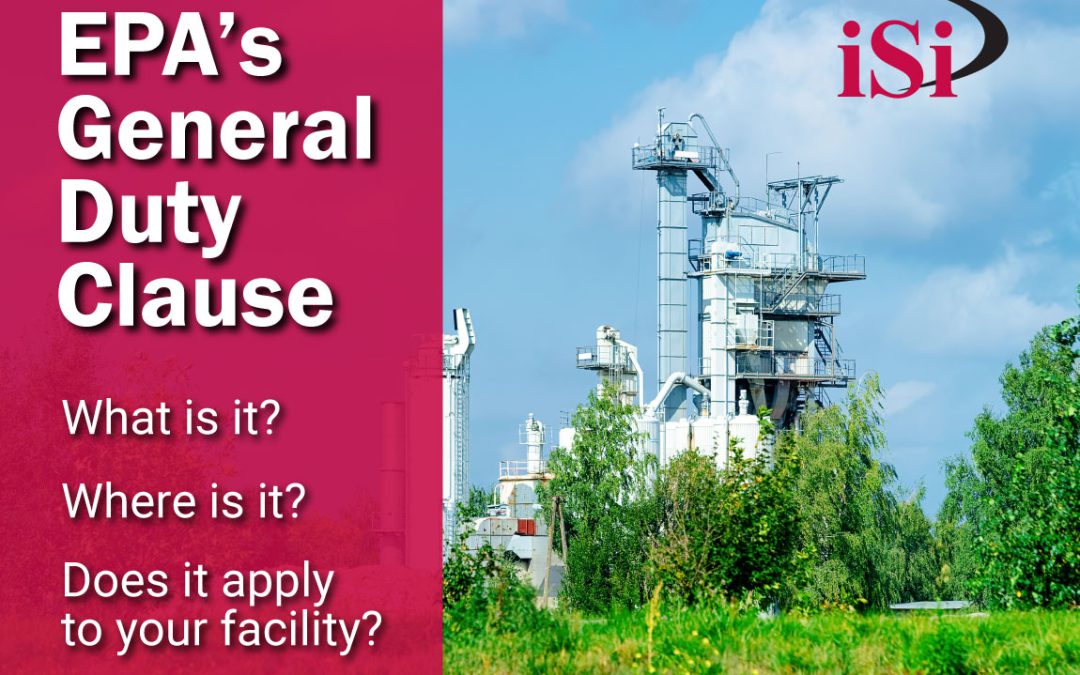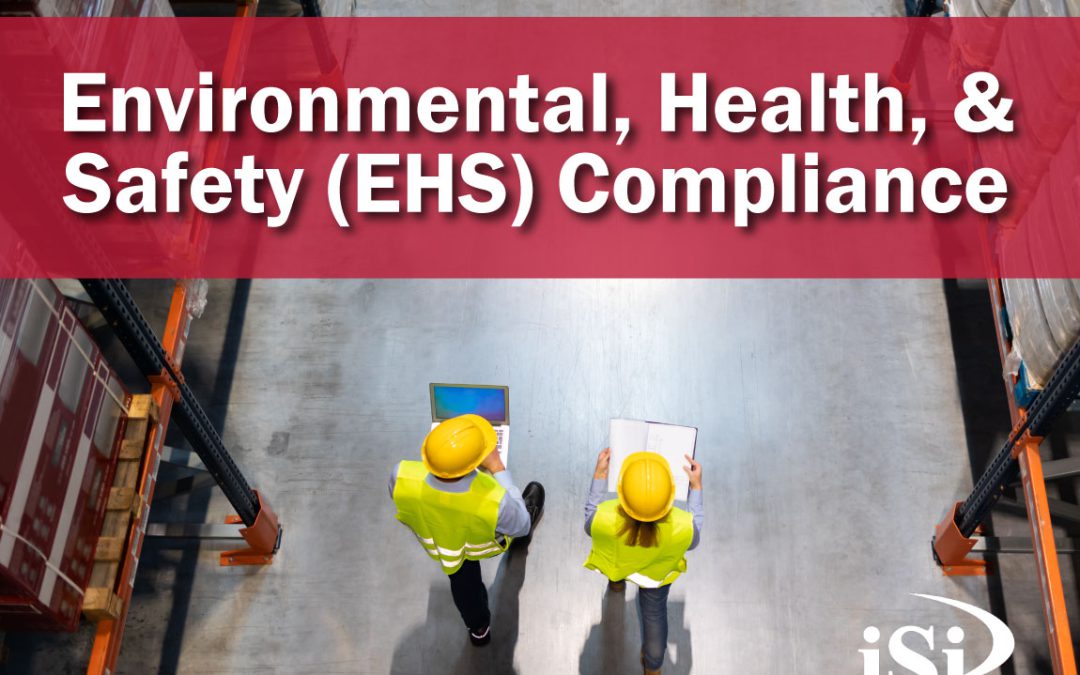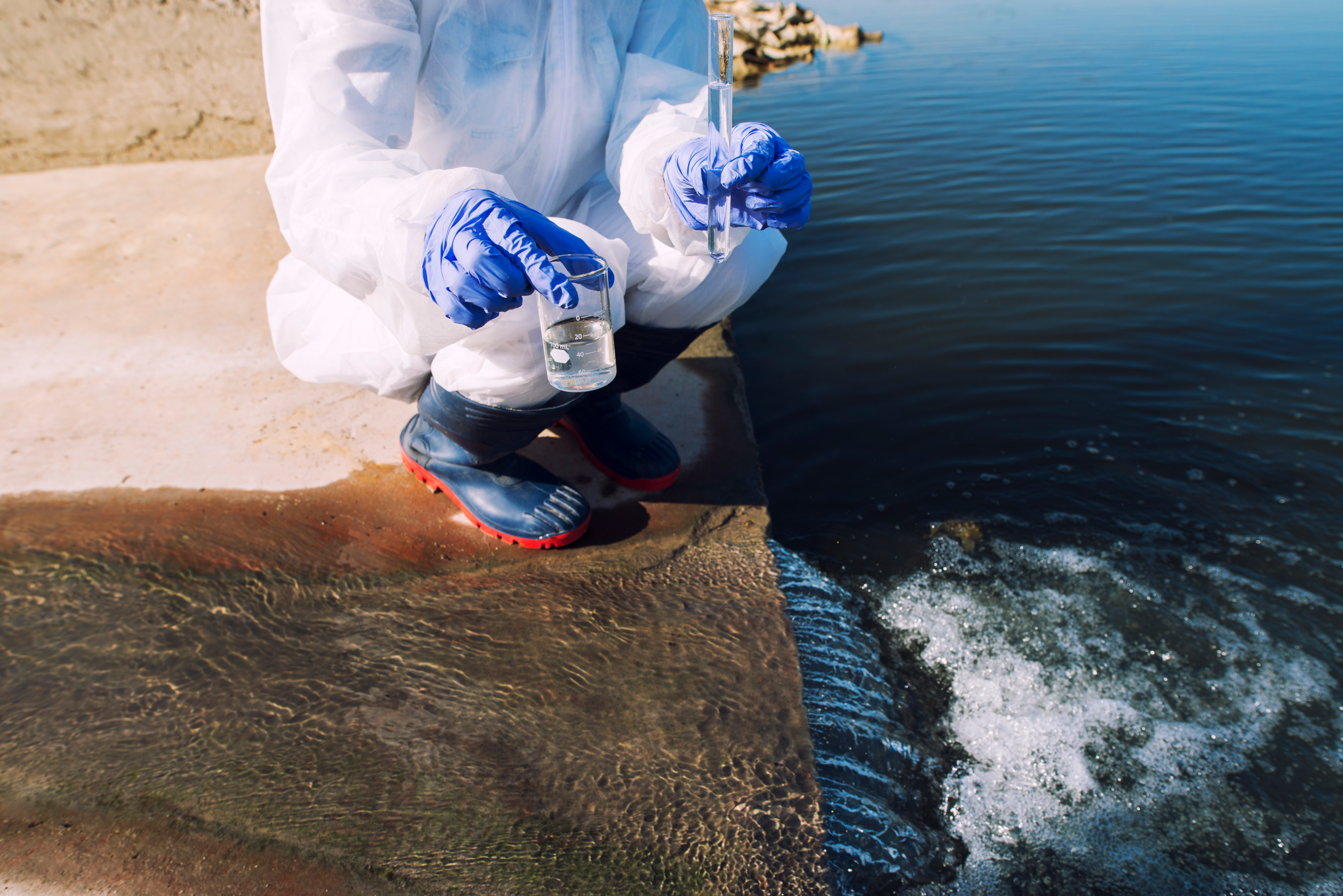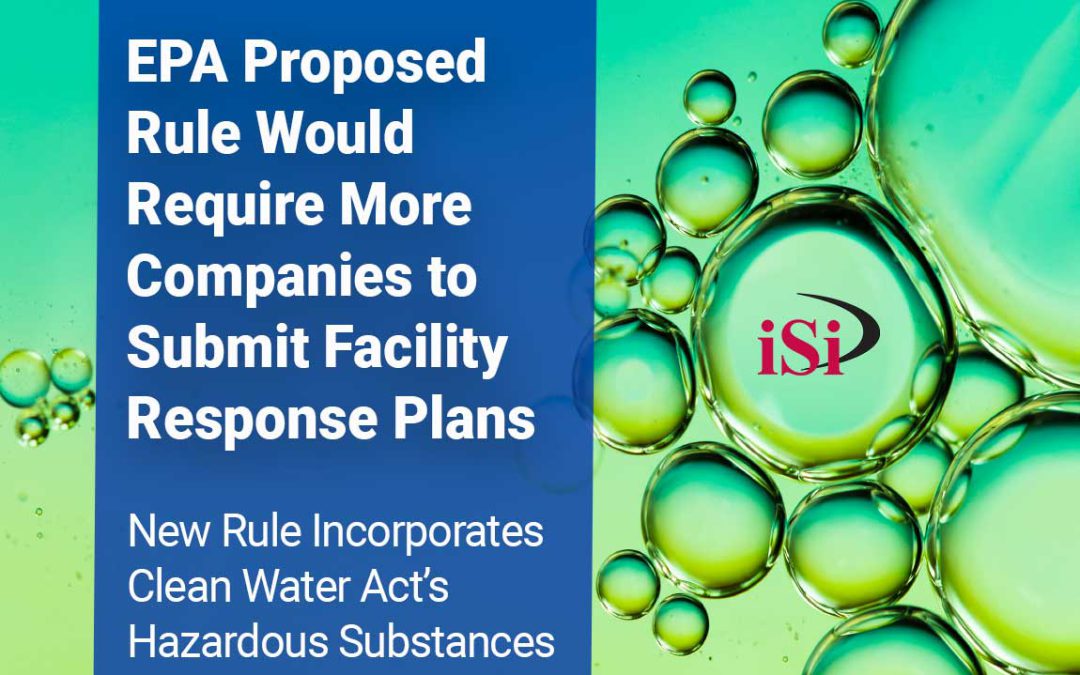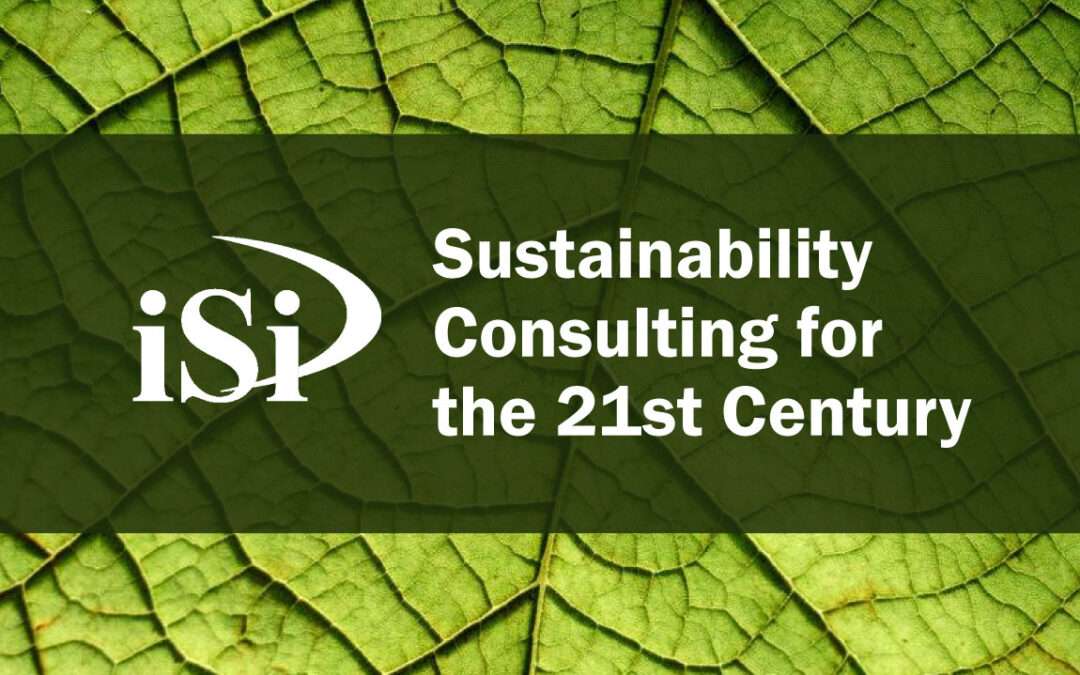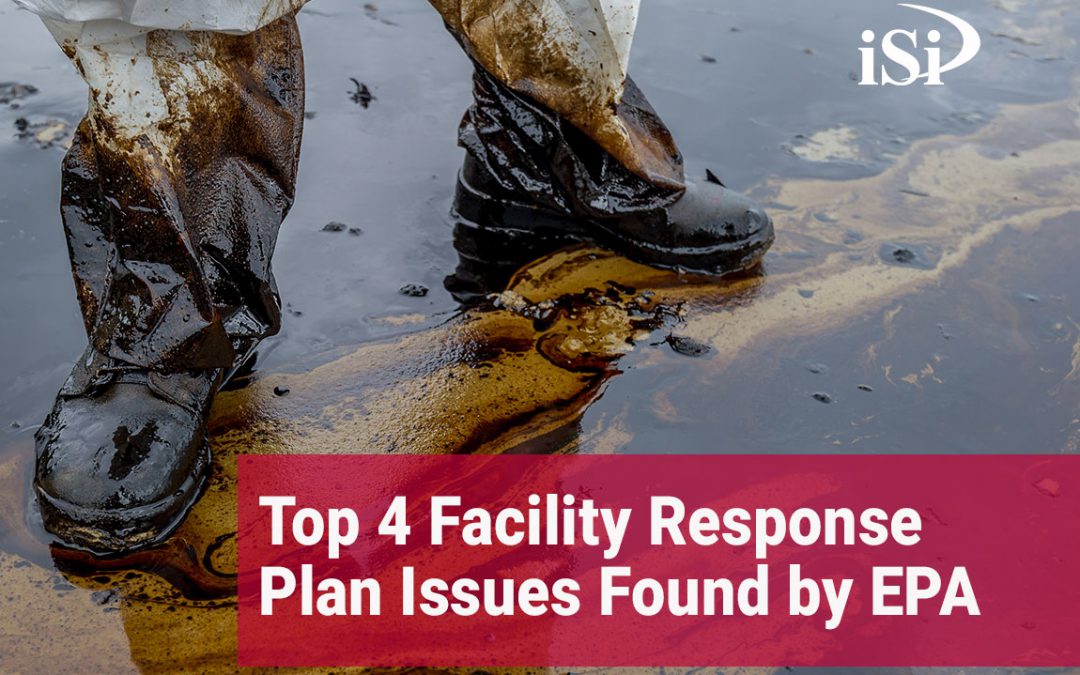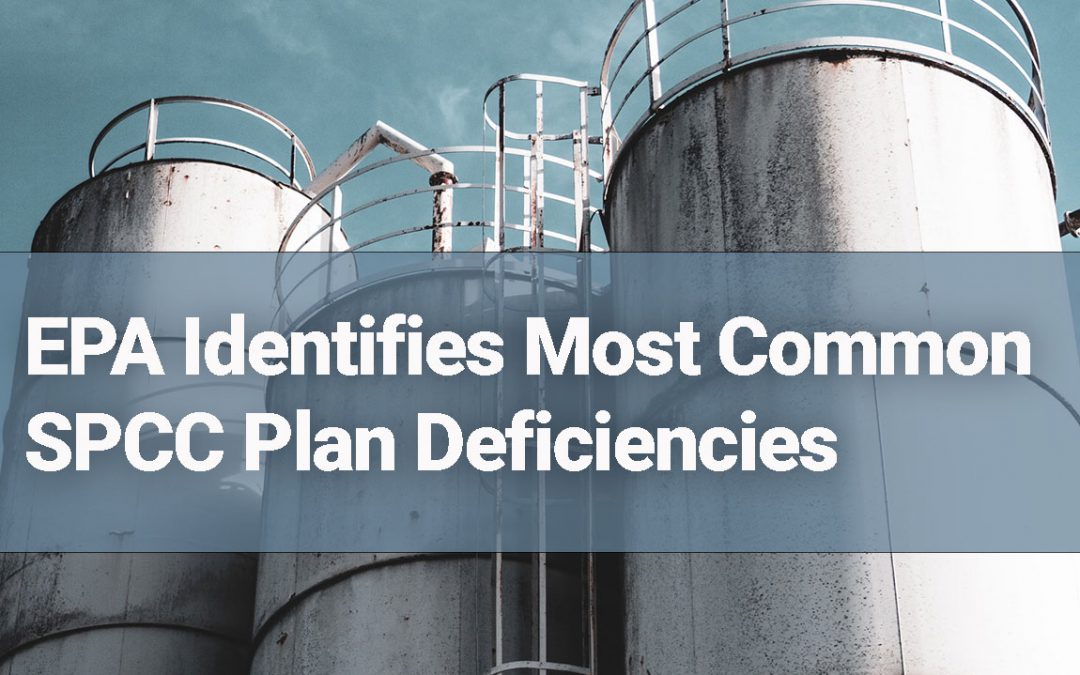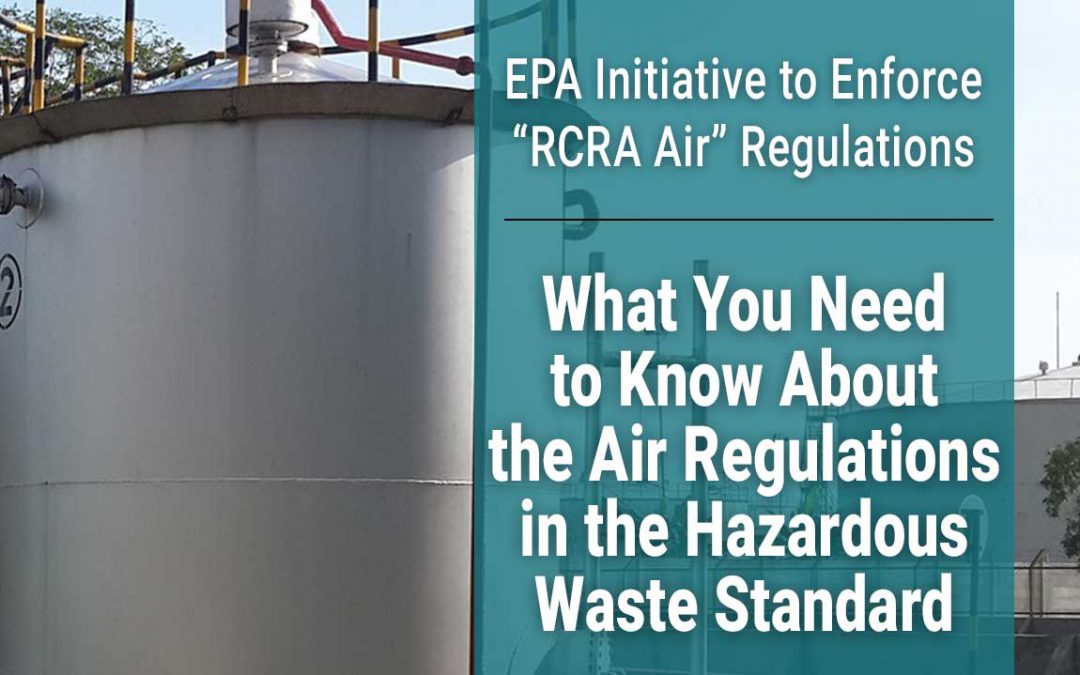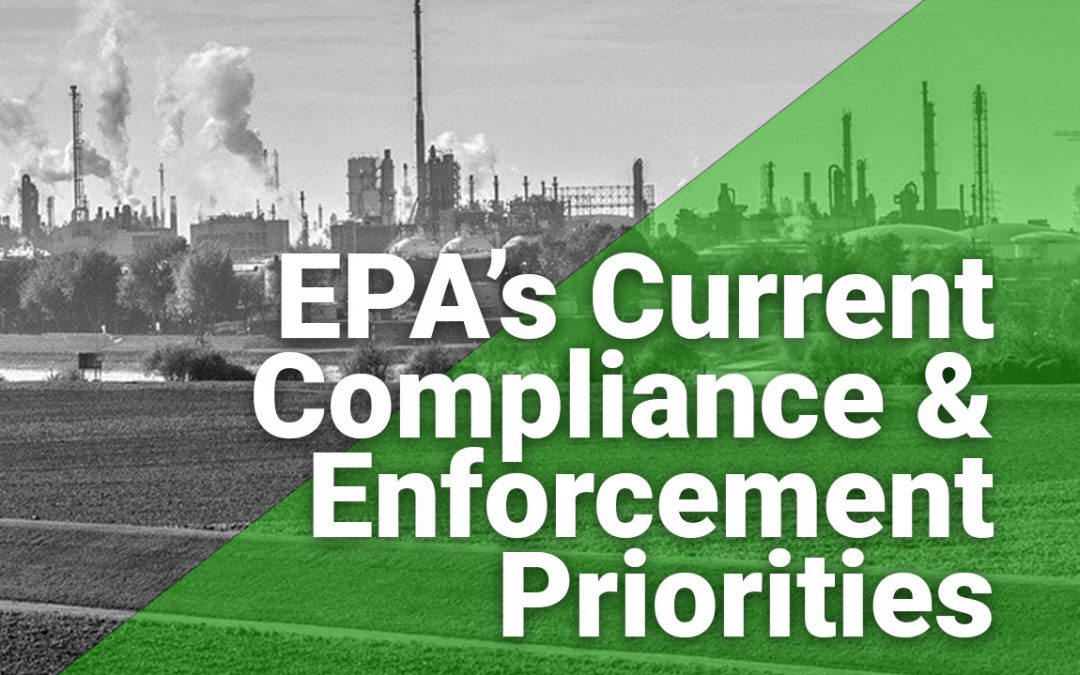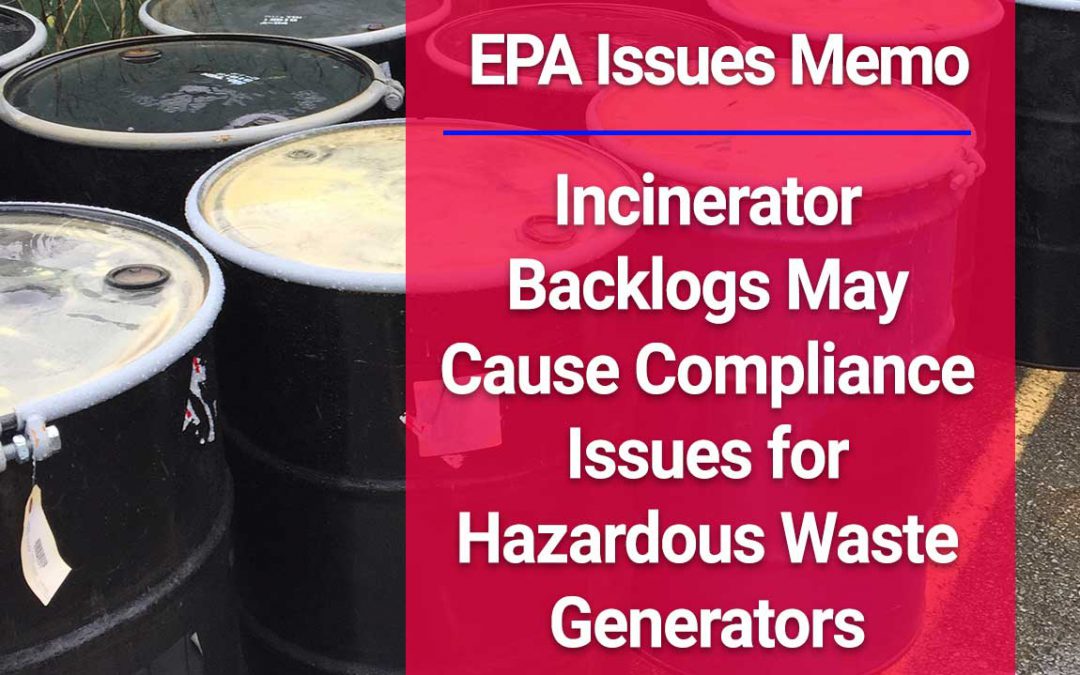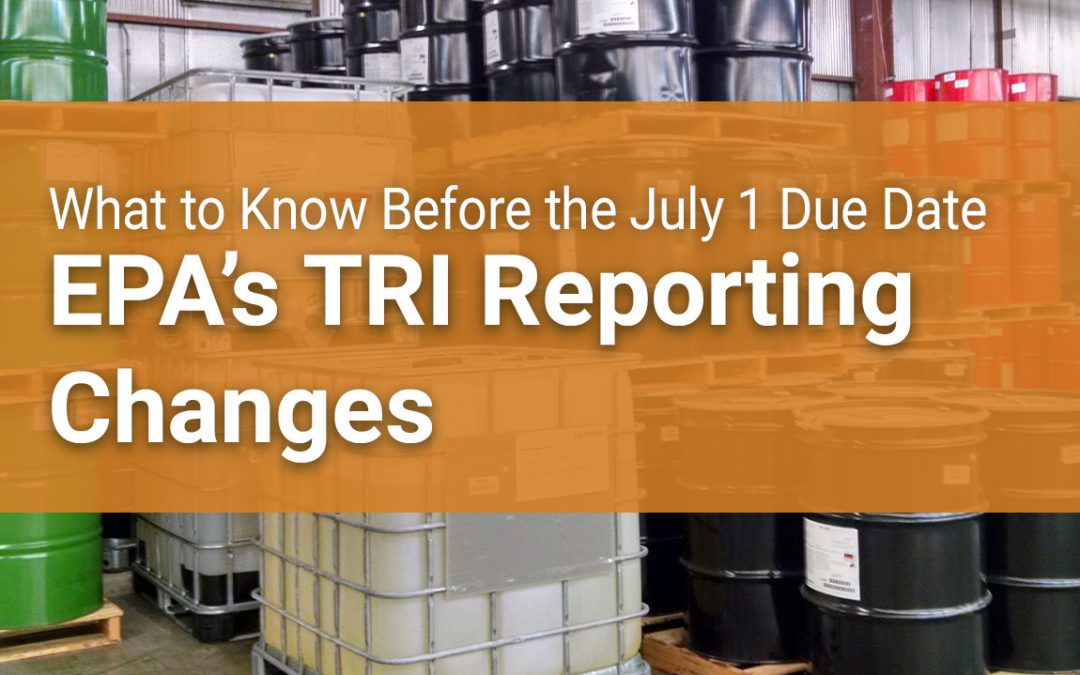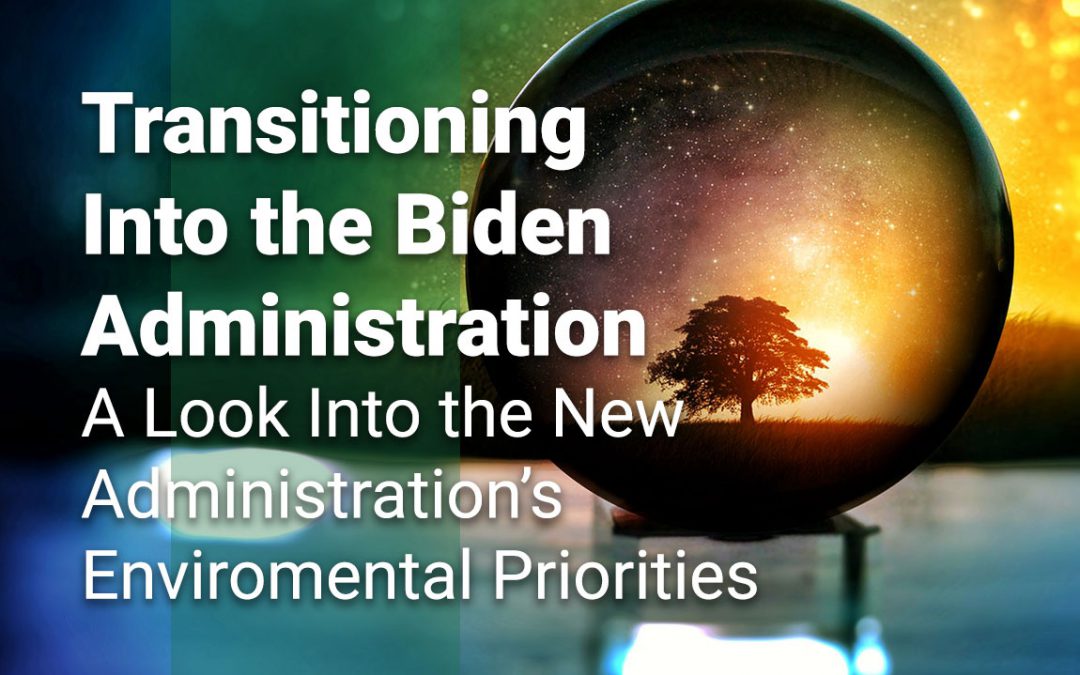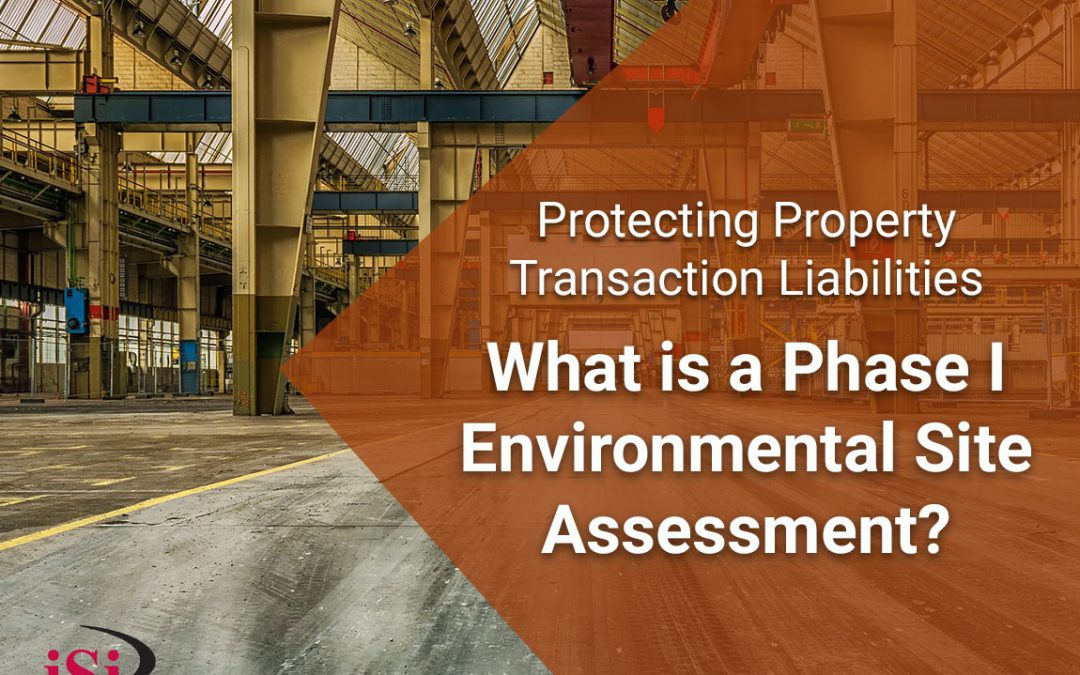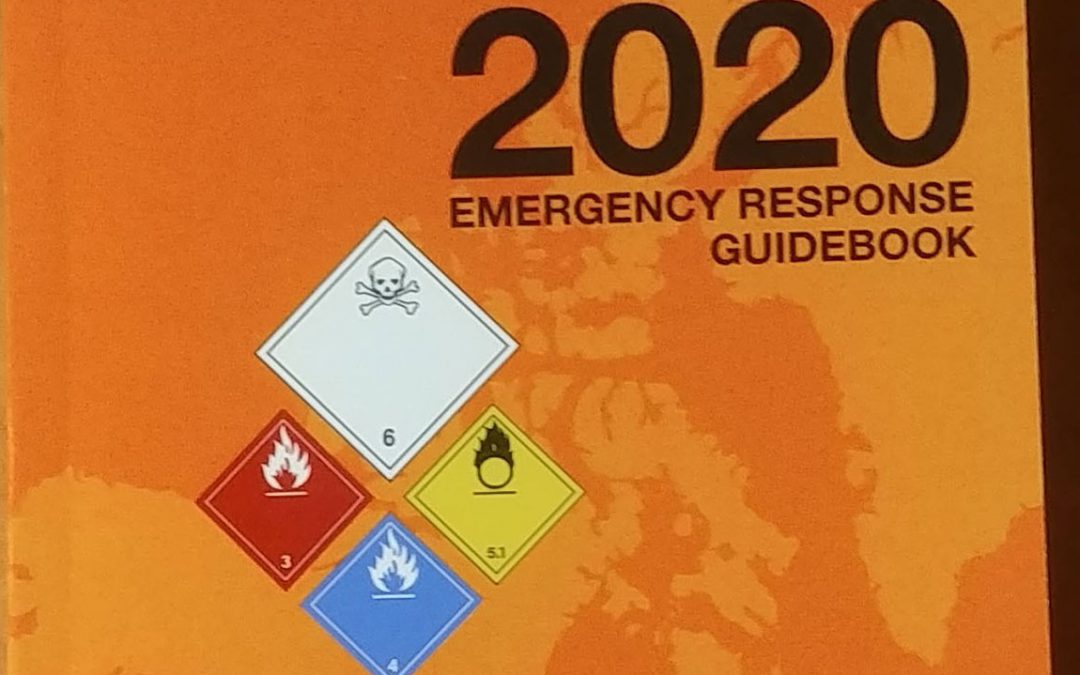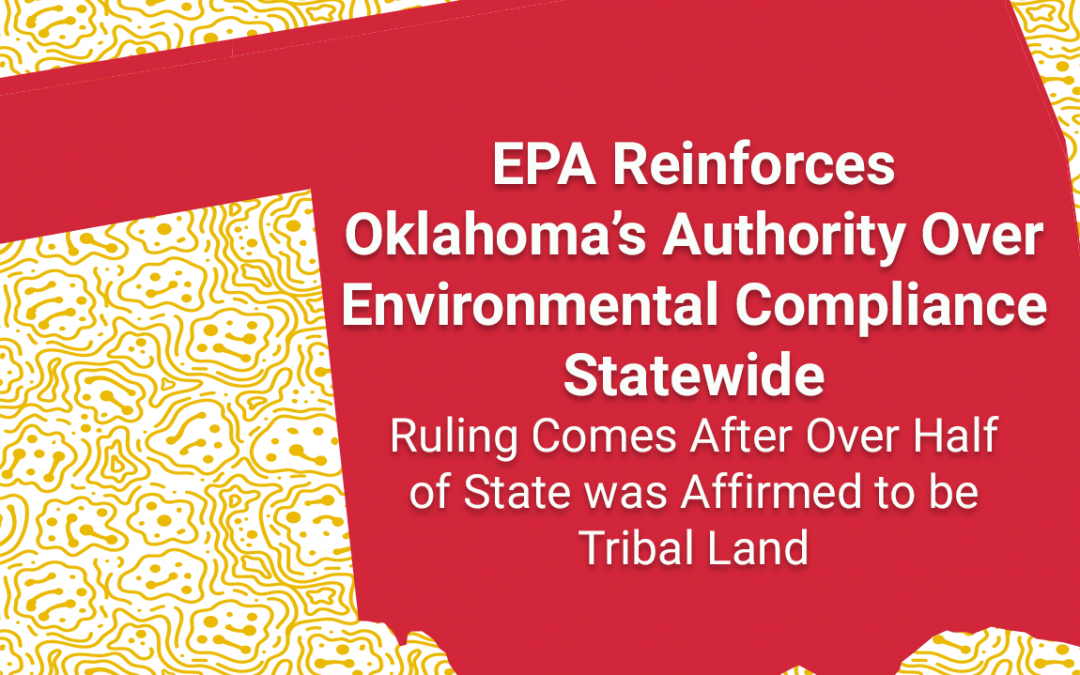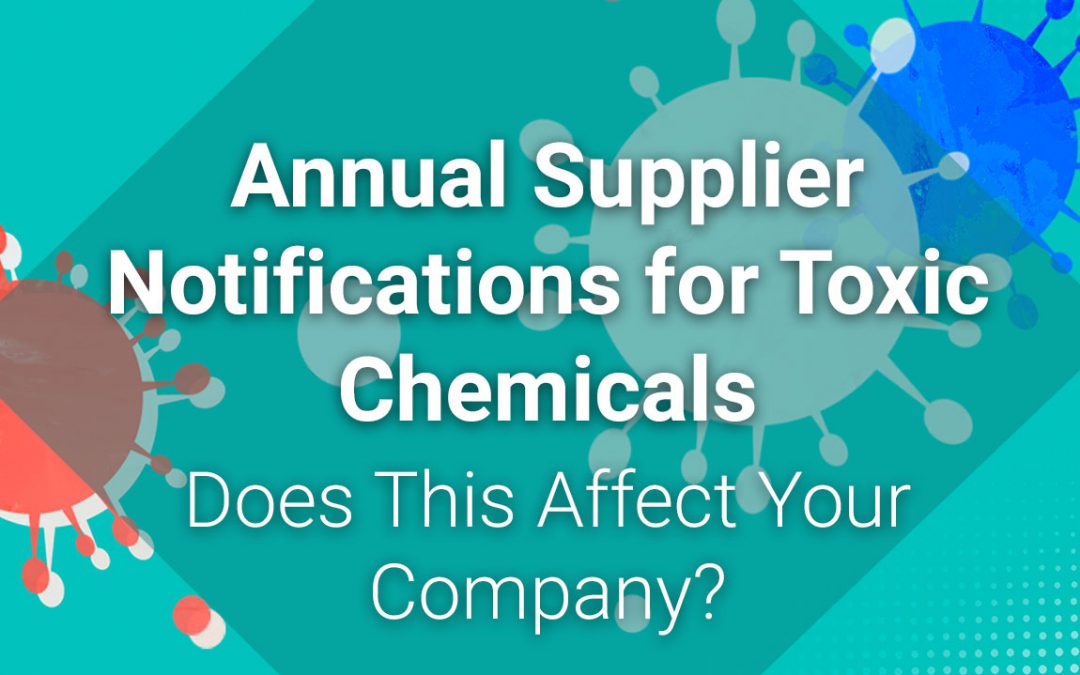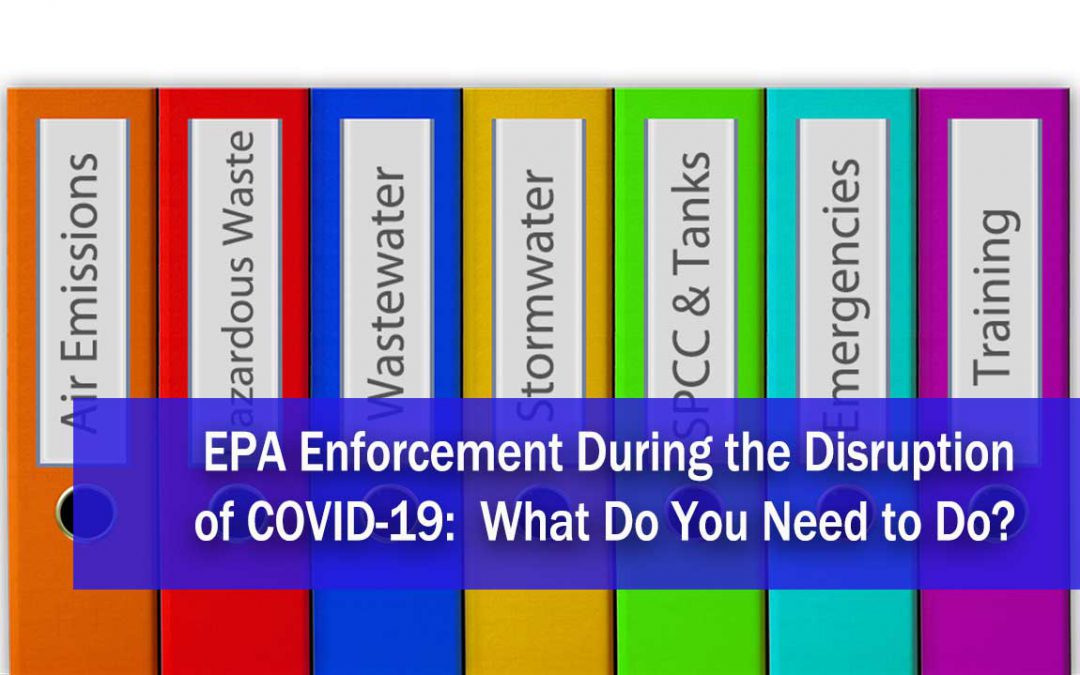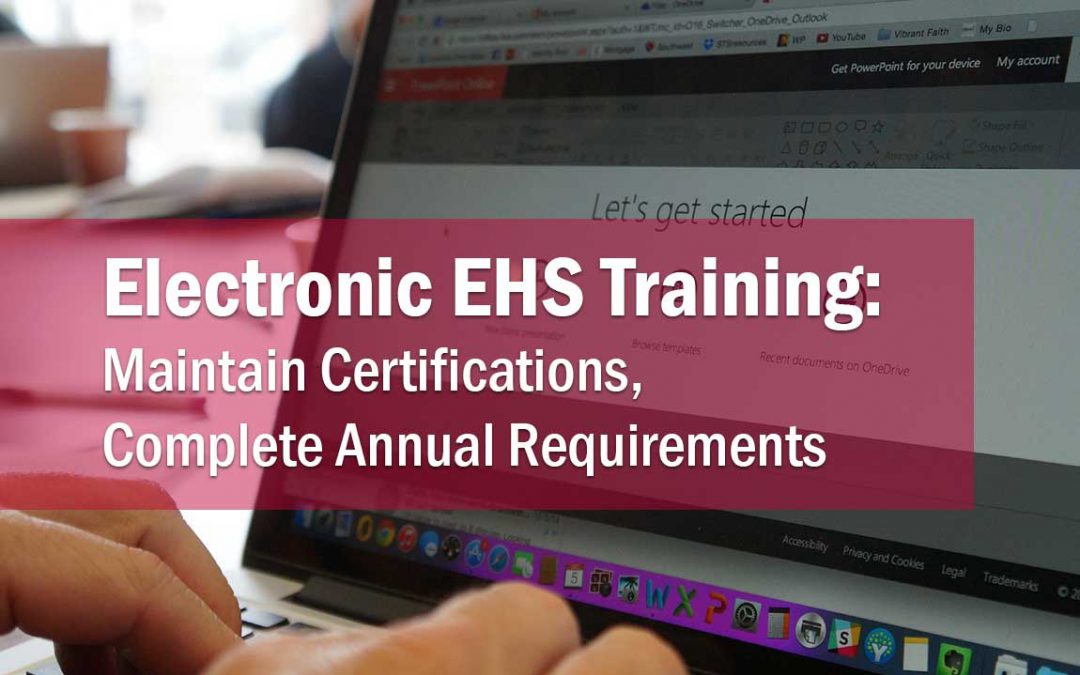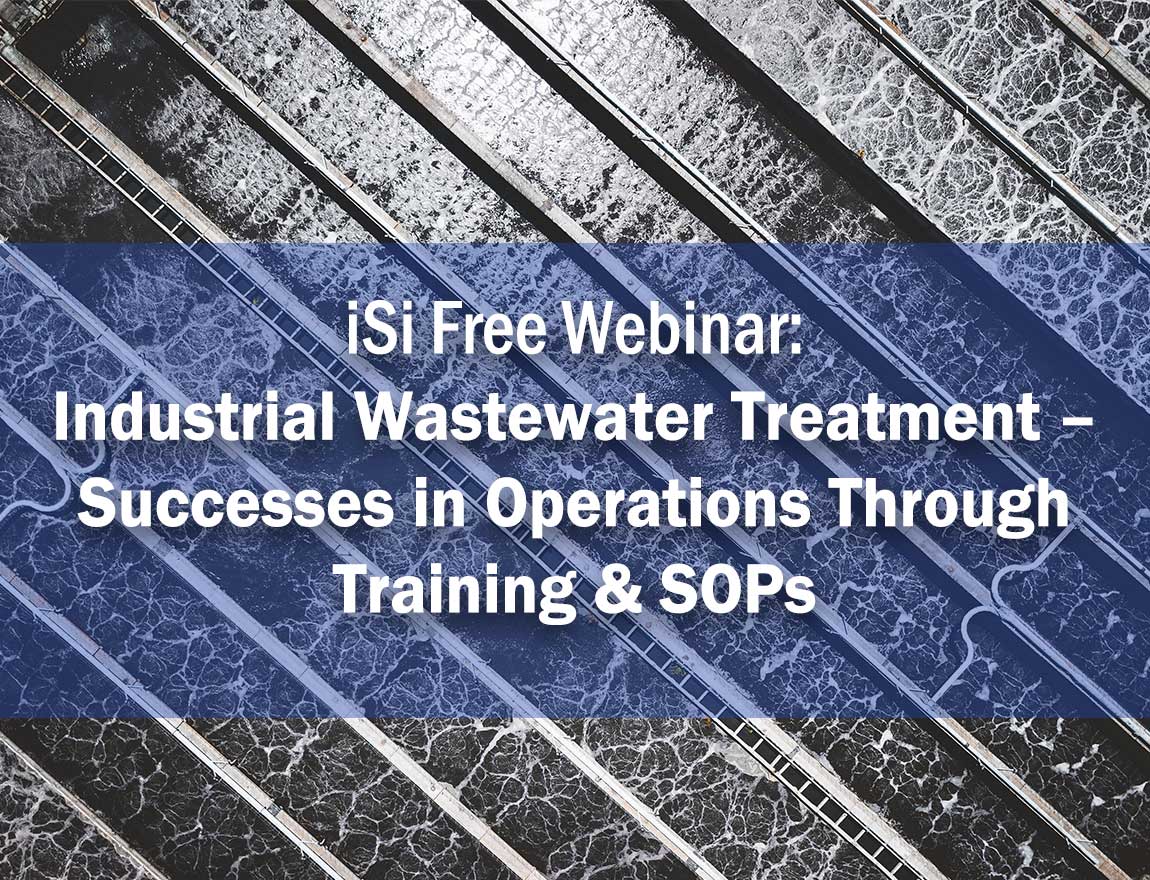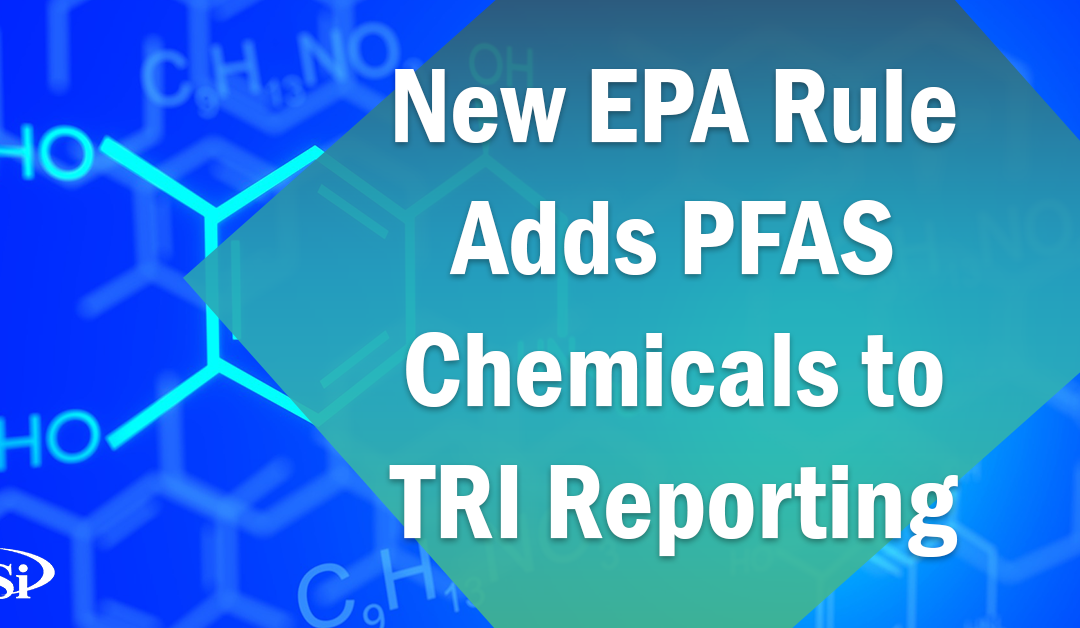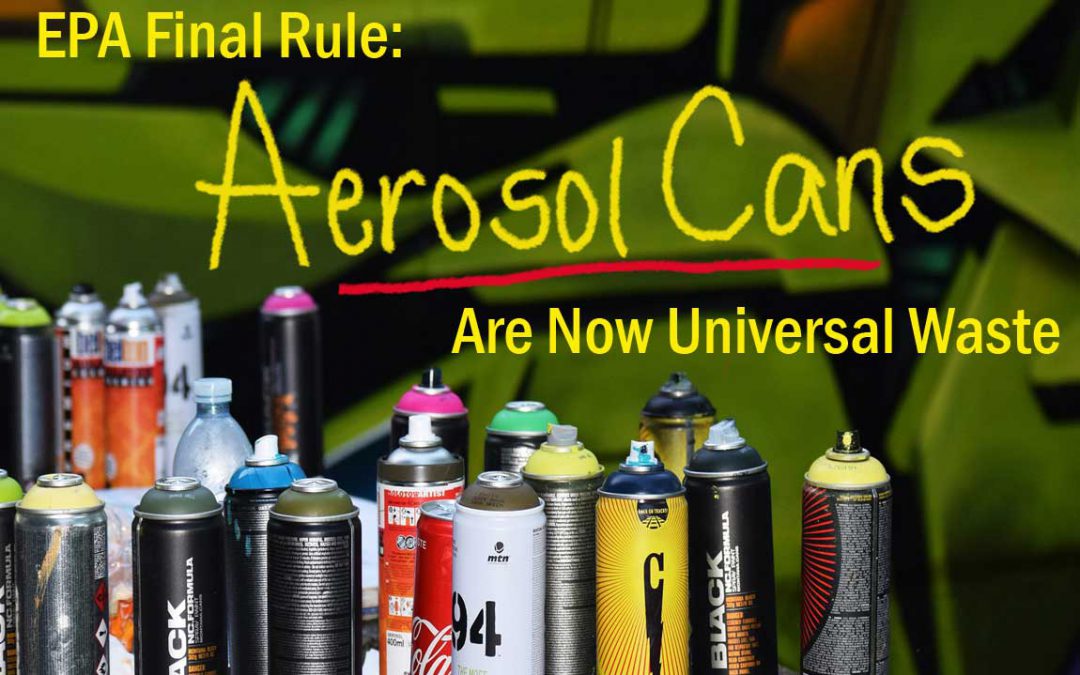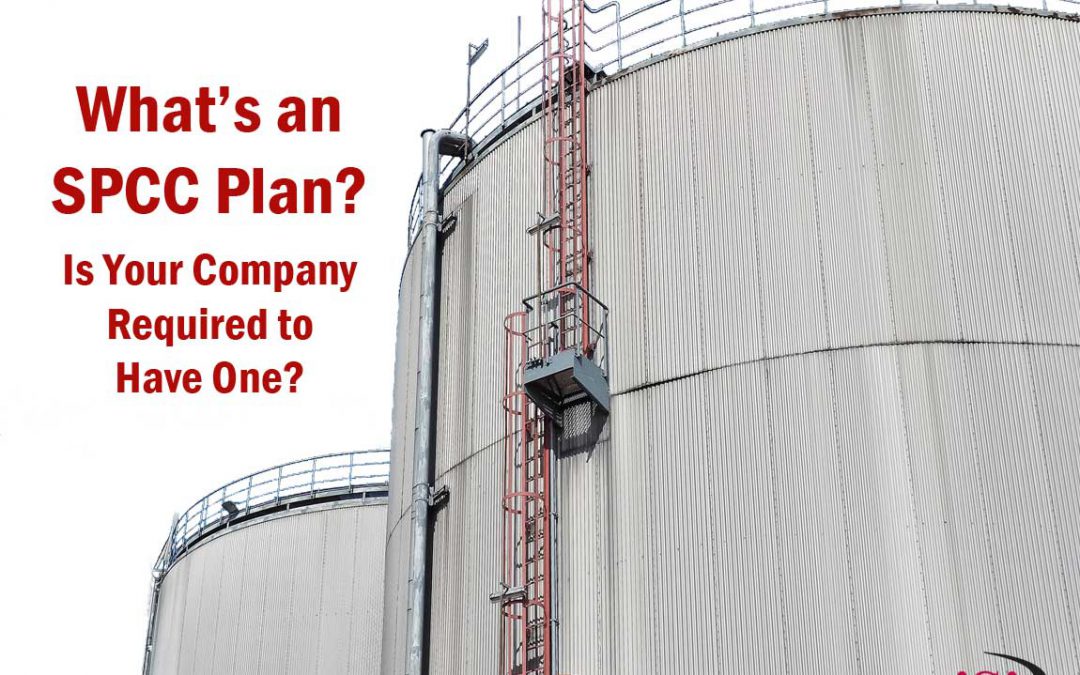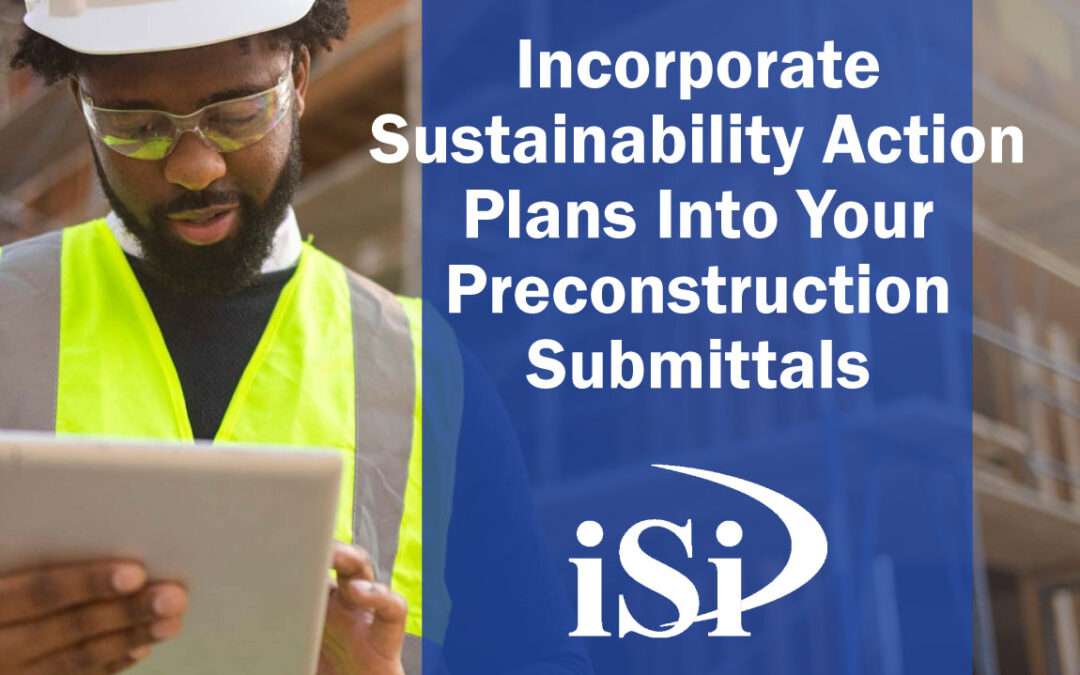
Incorporate Sustainability Action Plans Into Your Preconstruction Submittals
How to Incorporate a Sustainability Action Plans Into Your Preconstruction Submittals
A Sustainability Action Plans (SAP) is a critical part of any successful sustainable construction project and sustainable business. By creating and implementing a SAP, you can ensure that your construction project will be environmentally responsible and meet or exceed all applicable environmental sustainability standards. These action plans are designed to help both the environment and your build in the present and future. A few issues that it can aid is renewable energy, air pollution, climate change, as well as many other environmental issues. In this article, we will discuss how to incorporate Sustainability Action Plans into your preconstruction submittals.
If you’re a construction project manager, then you know that preconstruction submittals are a critical part of the process. If you are working on a federally funded project, then you have probably been asked to include Sustainability Action Plans and Sustainability eNotebooks.
Incorporating a sustainable action plan into your preconstruction submittals can be a challenge, but it’s worth the effort. Here are six tips to help you get started:
- Define what sustainable features are required to include in your project (ie. Sustainability performance, energy usage, etc.)
- Do your research on which sustainable materials are available and how they can be used (ie. recycling bins)
- Work with your architect and engineers to see how these materials can be incorporated into the design
- Make sure that the contractors you hire are aware of your sustainability goals and are willing to work with you to achieve them
- Be prepared to make some sacrifices – not all sustainable materials are going to meet project specifications, be prepared to clarify why they won’t work
- Remember that a sustainable project is an investment in the future, both for yourself and for the planet
By following these tips, you’ll be on your way to creating a more sustainable construction project!
Define what sustainable features are required to include in your project
Guiding principles and requirements for a viable project are essential and include elements of energy efficiency, bioswales, green roofs, renewable sources, and an effective waste management plan.
These guiding principles should be woven in with the initial design and planning stages of any project to ensure that it is both efficient and environmentally conscious. Any development must maintain the guiding principles set out as required by law. In addition, developing a waste management plan that can be implemented during construction and throughout the life-cycle could be beneficial from a cost perspective as well as from an environmental one.
Sustainable features should always factor into any project if you are looking to keep your operations on track, make your customers happy, and show you are a green business.
Do your research on which sustainable materials are available and how they can be used
If you’re looking to create a sustainability plan, one of the keys to success is researching and finding sustainable materials that can be used to reduce overall waste.
With a wealth of options available today, it pays off to put in the effort to find the viable and suitable sustainability initiatives that can be incorporated into your projects. Sustainable products come at various prices and have different strengths and energy efficiency profiles, so it’s important to evaluate them thoroughly for each project.
Doing your research upfront will ensure you are making informed decisions about incorporating sustainability into your operations. Time spent now creating a sustainability plan will pay off big time in the future!
Work with your architect and engineers to see how these materials can be incorporated into the design
Working with your architect and engineers is the key to successfully incorporating new materials into the design. It’s important to have a well-thought out plan for how best to use these materials so that you get the most out of them without wasting resources.
Take advantage of the insight, knowledge and experience available from your team of professionals – clearly communicate your vision and objectives, then take their advice on board to ensure a successful outcome. Time spent discussing with your architect and engineers upfront is much more profitable than trying to figure it out yourself later down the track.
Make sure that the contractors you hire are aware of your sustainability goals and are willing to work with you to achieve them
If you’re serious about sustainability, you need to make sure that the contractors you bring on have the same commitment. It’s not enough for them to just say they support your goals; they need to also be willing to put in the work and effort.
Do a thorough vetting process and make sure that any personnel working with you are willing to do their part in meeting environmental objectives. If not, it defeats the purpose of having those goals in the first place.
Don’t let anyone slip through the cracks — be vigilant and ensure contractors are up-to-speed on your sustainability plans or else keep looking until you find someone who is.
Be prepared to make some sacrifices – not all sustainable materials are going to meet project specifications, be prepared to clarify why they won’t work
Sustainable materials are integral to any project, but you’ve gotta be prepared to make some sacrifices along the way. While not all sustainable materials may meet your specifications, it’s paramount that you understand why and explain that reasoning.
Don’t expect every viable alternative to perfectly fit your criteria – compromise is the name of the game in order to ensure that our work is as future-proof as possible. Taking shortcuts here will likely come back to bite you down the road, so don’t be afraid to get into the nitty-gritty of why a particular material won’t work for your needs – it could end up being an invaluable lesson.
Remember that a sustainable project is an investment in the future, both for yourself and for the planet
When it comes to sustainability, no effort is too small. Investing in projects that are meant to minimize human damage and preserve the planet for generations to come is essential; if we don’t look out for our environment, nobody else will.
It’s a matter of personal responsibility – taking charge of our own impact on the world around us and recognizing that every action we take can have positive or negative ramifications. It may be expensive up front, but a sustainable project is an investment in both your future and the future of the planet, guaranteed to pay dividends in more ways than one.
For instance, the resources in your project specific Sustainability Action Plans can be converted directly in to a corporate level sustainability program, helping to reduce waste on future projects as well.
Sustainability is important for a number of reasons. It’s not just about being environmentally friendly or socially responsible – though that is certainly part of it. It’s also about creating a project that will be able to stand the test of time, both in terms of its physical durability and its relevance to the needs of future generations.
Developing a sustainable project can be challenging, but it’s definitely worth the effort. If you need help getting started, don’t hesitate to reach out. We’re happy to assist you in developing and implementation of a Sustainability Action Plan for your next Federal Project.
Need Assistance?
Let iSi’s EHS team help you improve your company’s EHS compliance outlook. How can we help? Contact us!


